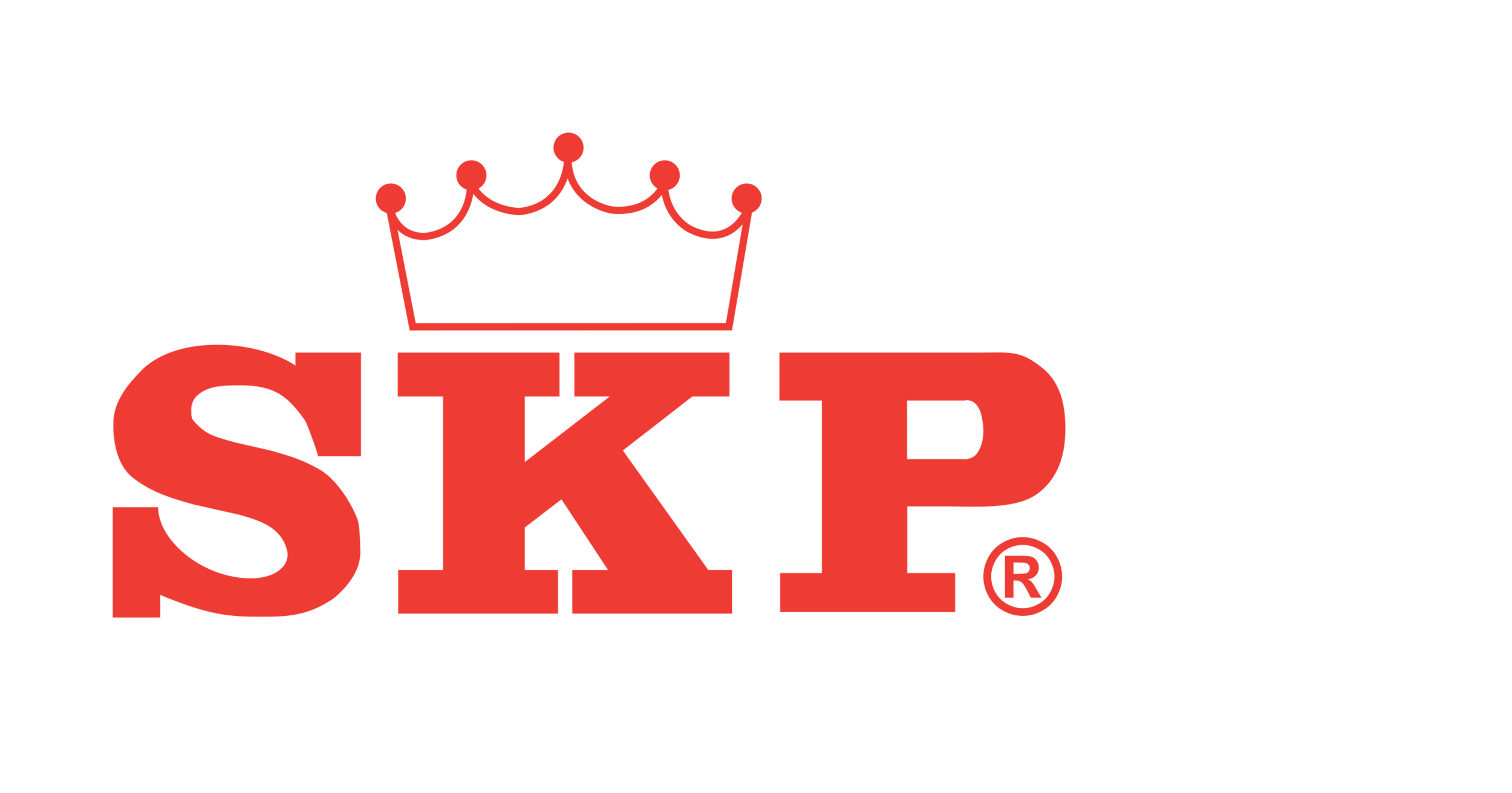Understanding Environmentally Friendly Food Packaging 101
From cosmetics to food and beverages, the list of products using packaging is never-ending.
Such packaging often ends up as waste thrown in landfills, burnt in incinerators, or dumped into the ocean because it is made from non-biodegradable and non-recyclable materials. Even cardboard boxes labelled “100% recyclable” are typically thrown out as grease and food remnants cling to the packaging, making it non-recyclable.
One way to address this problem is to switch to environmentally friendly packaging. Read on to discover what it is and how it benefits humanity and the environment.
What is eco-friendly packaging?
Eco-friendly packaging refers to packaging that is made of sustainable materials and is safe for individuals and the environment.
To be eco-friendly, it needs to be:
● Recyclable
● Reusable
● Biodegradable or compostable
● Non-toxic
● Made with minimum energy consumption
● Made from natural or recycled materials
Why do we need eco-friendly packaging?
Traditional packaging harms the environment at all stages of its life cycle, including sourcing raw materials, manufacturing, transportation, use, and disposal.
Packaging materials generally use fossil fuels for production. This process leads to the release of greenhouse gases into the atmosphere, thus contributing to global warming. Electricity and transportation emissions further exacerbate the air pollution problem.
Furthermore, most traditional packaging, which is made of plastic, is designed for single use. Thus, these packagings consume a lot of energy and resources just to serve individuals for a few hours or minutes. They are also quickly disposed of; over time, it is easy to accumulate waste at an alarming rate.
This waste does not decompose quickly or, in some cases, at all. Instead, it stays exactly as it is and releases toxic substances and gases when in contact with chemicals present in the surroundings.
Plastic waste also has a history of harming marine life. Toxic chemicals from packaging materials, including the inks and dyes from labelling, seep into nearby waterways and contaminate the ecosystem and marine life. Waste dumped into the ocean also threatens aquatic creatures that may ingest or get entangled in the plastic, leading to suffocation.
Eventually, the microplastics in animals’ guts end up on people’s plates, harming human health and safety.
Benefits of eco-friendly packaging
There are several benefits to using eco-friendly packaging.
For one, by reducing the consumption of resources used for traditional packaging, it is possible to reduce your carbon footprint. Your carbon footprint refers to the amount of carbon dioxide you emit into the atmosphere when consuming fossil fuels. As eco-friendly packaging aims to rely on alternative energy sources like wind or sunlight instead of fossil fuels, it helps to lower your carbon emissions.
Secondly, it makes the environment cleaner and safer as plastic waste is not strewn around land and the oceans, minimising the harm to wildlife and human safety.
Additionally, unlike traditional packaging that uses crude oil and non-sustainable resources in its production, eco-friendly packaging does not harm the environment during extraction, refinement, distribution, use, and disposal.
Quality of packaging options
Not only is sustainable packaging beneficial for the environment, but it is also cost-effective and of high quality. The recent emphasis on the environment in research and innovative engineering has created an enormous variety of options that are better for the environment and are perfect for the safe storage of your food.
Conclusion
Waste comes not just from the product itself but from its packaging as well, which may end up in landfills or the ocean and contribute to environmental pollution. Hence, it is beneficial to switch to eco-friendly products that protect the environment and human health and safety.
For sustainable food packaging, look no further than EcoVue, SKP’s revolutionary line of biodegradable and sustainable food packaging options. SKP also offers tableware, such as biodegradable plastic plates and eco-friendly disposable cups. Find out more at https://www.skp.com.sg/.

